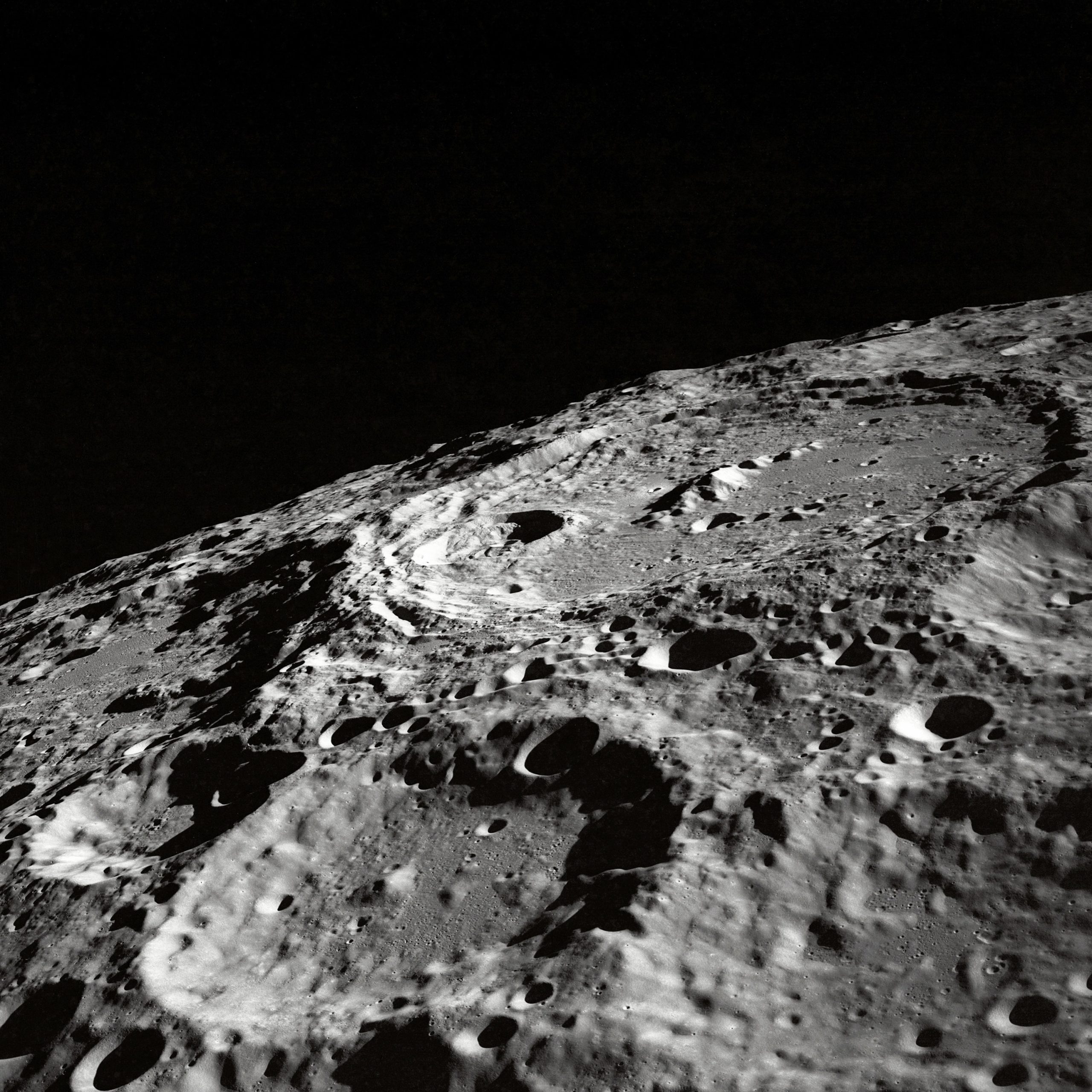The Meaning and Symbolism of the Tree of Life
The Tree of Life is a powerful and ancient symbol that holds deep meaning across various cultures and belief systems. It represents the interconnectedness of all living things and stands as a metaphor for knowledge, growth, and the cycle of life itself. In this blog post, we will explore the rich symbolism and significance associated with the Tree of Life.
Origins and Cultural Significance
The concept of the Tree of Life can be traced back to ancient times, appearing in different mythologies and religious traditions around the world. From the Norse Yggdrasil to the Mayan Ceiba tree, variations of this iconic motif can be found in cultures spanning continents and centuries.
In Norse mythology, Yggdrasil is a massive ash tree that connects the nine realms of existence. It is believed to be the center of the cosmos, serving as a bridge between the physical and spiritual worlds. Similarly, the Ceiba tree, revered by the Maya civilization, was regarded as a representation of the universe and acted as a conduit between the gods and humanity.
In Jewish mysticism, the Tree of Life appears in the Kabbalah, a mystical interpretation of the Hebrew Bible. It is depicted as a diagram, known as the Sephirot, representing the ten attributes through which God reveals himself. The tree’s branches and roots symbolize the flow of divine energy and wisdom.
Throughout history, the Tree of Life has also been embraced by various other cultures and belief systems, including ancient Egypt, Celtic paganism, Buddhism, and Islam. While each culture imbues the symbol with its own unique meanings and interpretations, certain core concepts resonate across traditions.
Symbolic Representations
1. Connection: The Tree of Life represents the interconnectedness of all living beings, emphasizing the unity and harmonious relationship between humans, animals, and nature. Its branches reaching outwards and roots digging deep into the earth symbolize this union and remind us of our inherent connection to the world around us.
2. Growth and Strength: Just as a tree grows and develops over time, the Tree of Life symbolizes personal growth, strength, and resilience. It serves as a reminder of the importance of continuous learning, adaptation, and maturation on our own journey through life.
3. Balance and Harmony: The Tree of Life represents the delicate balance and harmony that exists in nature. Its overarching structure, branches, and leaves epitomize the need for balance in all aspects of our lives, whether it be work and leisure, relationships and personal time, or physical and emotional well-being.
4. Fertility and Nurturing: In many cultures, the Tree of Life is associated with fertility and the cycle of life. Its abundant branches and ability to bear fruit symbolize the nurturing and life-giving aspects of nature and encourage us to foster growth, both within ourselves and in the world around us.
The Tree of Life in Religion and Spirituality
Religions and spiritual practices have often embraced the Tree of Life as a symbol of divine wisdom, enlightenment, and salvation. In Christianity, the Tree of Life symbolizes eternal life and appears prominently in the Book of Genesis, representing the Garden of Eden and humanity’s separation from divine knowledge.
In Buddhism, the Bodhi tree, under which the Buddha attained enlightenment, is a form of the Tree of Life. It stands as a reminder of the potential for spiritual awakening and the attainment of wisdom through meditation and self-discovery.
Similarly, in Hinduism, the Banyan tree is considered a representation of the eternal, with its extensive root system symbolizing the interconnectedness of all beings and its branches reaching towards the heavens representing aspirations for spiritual growth and liberation.
Modern Interpretations and Personal Meaning
In contemporary society, the Tree of Life continues to captivate and inspire individuals across various walks of life. Its symbolism transcends cultural and religious boundaries, resonating with people seeking a deeper connection with nature, spirituality, and their own personal journey.
Many people choose to incorporate the Tree of Life into their tattoos, jewelry, and artwork, not only as a visually striking image but also as a talisman and reminder of their values and aspirations. Its enduring popularity speaks to its timeless and universal appeal.
In Conclusion
The Tree of Life holds immense symbolism and significance, representing the interconnectedness, growth, and balance present in all aspects of life. Across cultures and belief systems, this ancient motif continues to inspire and resonate with individuals seeking deeper meaning and connection. As we reflect on the Tree of Life, let it remind us of our place in the world and the potential for growth, harmony, and enlightenment that lies within each of us.
Table of Contents
